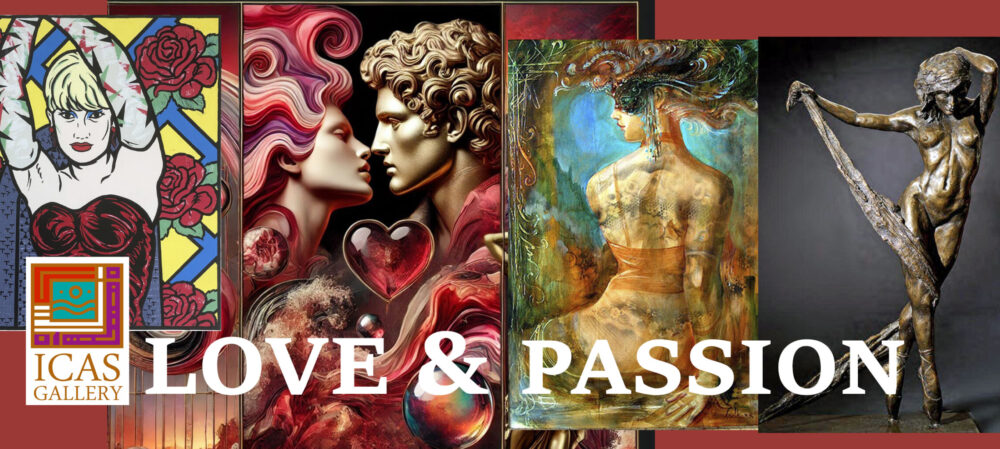African art vividly represents the continent’s rich cultural legacy and artistic brilliance. Rooted in centuries of tradition and symbolism, African art has gained increasing recognition and appreciation in the global art scene, especially in modern art. A significant aspect of African art is the exquisite tradition of wood carving, where skilled artisans create intricate sculptures using various types of wood.
Ebony wood is revered for its deep, lustrous black colour and exceptional hardness. Due to its extreme density, working with ebony presents unique challenges, requiring specialized tools and techniques. Despite these challenges, ebony’s exceptional properties make it highly sought after for carving, particularly in African art traditions. Ebony carvings are artistic creations and vessels of deep cultural significance. In many African cultures, ebony is not just a material but a symbol of strength, resilience, and a connection to ancestral spirits.
This spiritual symbolism adds depth and significance to these artworks, making them more than just visually appealing carvings. Beyond their cultural relevance, ebony carvings have a timeless allure in art and craftsmanship. The striking contrast between ebony’s dark hue and the intricate details carved into its surface creates visually arresting pieces that command attention and admiration.
 Throughout history, ebony has been used to create exquisite sculptures, masks, ceremonial objects, and practical items integral to African cultures. While transcending their valuable functions to become revered works of art, these artworks still carry the echoes of their original purpose, captivating audiences with their beauty and cultural significance. As symbols of Africa’s rich artistic heritage, ebony carvings serve as conduits for cross-cultural dialogue and appreciation, fostering a deeper understanding of the continent’s diverse cultures and traditions on the global stage.
Throughout history, ebony has been used to create exquisite sculptures, masks, ceremonial objects, and practical items integral to African cultures. While transcending their valuable functions to become revered works of art, these artworks still carry the echoes of their original purpose, captivating audiences with their beauty and cultural significance. As symbols of Africa’s rich artistic heritage, ebony carvings serve as conduits for cross-cultural dialogue and appreciation, fostering a deeper understanding of the continent’s diverse cultures and traditions on the global stage.





